Early Development of the Kimberley Cattle Industry
Article about Alexander Forrest, a cattleman who made a difference in the Kimberley. Forms part of a small group tour for mature and senior travellers into Outback Australia for couples and solo travellers.
27 Jun 21 · 10 mins read

Alexander Forrest & the Early Development of the Kimberley Cattle Industry
By Marco Stojanovik
The first pastoralists arrived in the Kimberley region of in north-west of Australia in the early 1880s, encouraged by the favourable report by the surveyor Alexander Forrest. Having explored the region in 1879, he boasted of its permanent water supply and grass in abundance, appearing to be the best pastoral proposition in Western Australia.
Only 70 years earlier, in 1813, the first non-Aboriginal explorers had crossed the Blue Mountains to launch the pastoral occupation of inland Australia. In the lifetime of one human the frontier of pastoral settlement had since pushed across New South Wales and Queensland and was now reaching through the Northern Territory into the Kimberley. Meanwhile Western Australia had been moving north from Perth since 1829 and was now also converging on the region. The two pastoral frontiers were merging into one.
This article explores the expedition of Alexander Forrest and resulting development of the pastoral industry in the Kimberley. Much of the information is drawn from Geoffrey Bolton’s chapter “Alexander Forrest’s expedition 1879 and early development of the cattle industry” in Kimberley History: People, Exploration and Development, edited by Cathie Clement, Jeffrey Gresham and Hamish McGlashon. It is intended as background reading for Odyssey Traveller’s Tour of Australia’s Kimberley and our Outback Tour of the Northern Territory and Western Australia, both for small groups of senior and mature travellers.
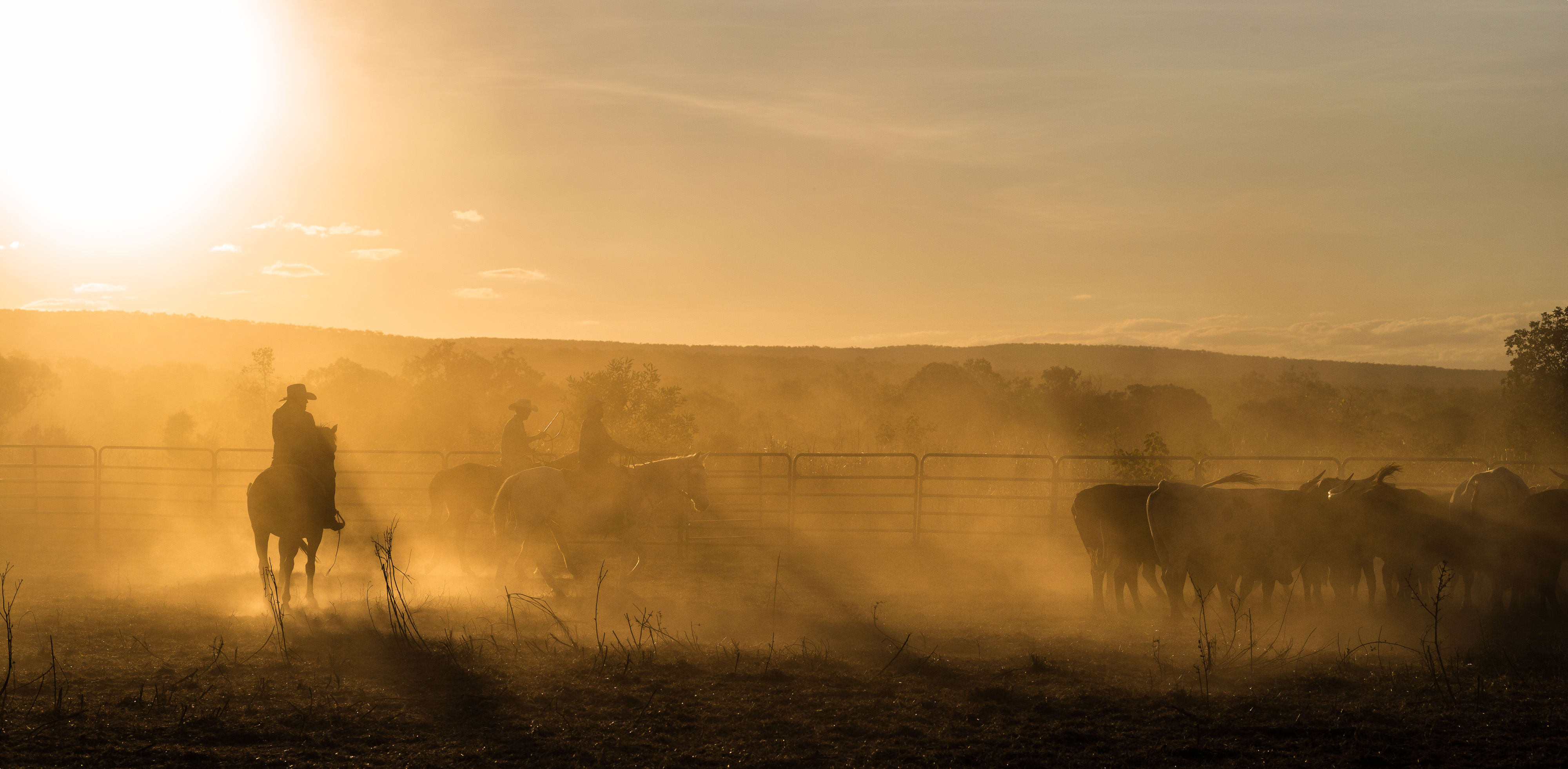
Alexander Forrest’s Kimberley Expedition
Following an important survey of the Roebourne district in the north-west in 1875, Alexander Forrest made plans to examine the remaining unoccupied area in the far north of Western Australia, believing promising country lay along the Fitzroy Valley and towards Camden Harbour. As loyal second-in-command to his older brother Sir John Forrest, he had previously shared in the glory that came of two successful transcontinental expeditions in 1870 and 1874. Now he yearned to carve out a reputation for himself.
In 1878 he persuaded the Legislative Council to provide money to support his six-month expedition, setting out in February 1879. Accompanied by his brother Matthew and eight other men, he sailed from Fremantle to Cossack before overlanding north.
After a journey plagues by ferocious mosquitoes but otherwise uneventful they discovered and named the Fitzroy River in May. They traced it inland to the current site at Fitzroy Crossing, naming the geographic features as they went, notably the Oscar Range and King Leopold Range.
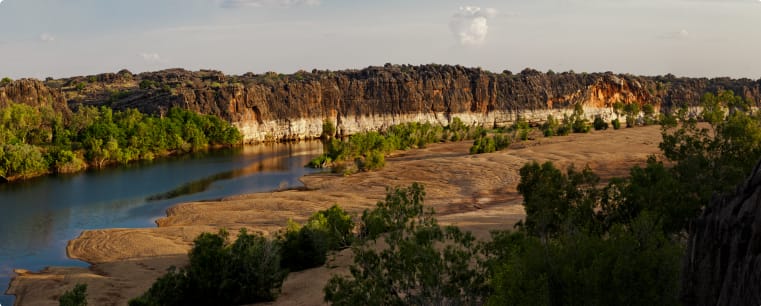
At King Leopold Range, they wasted much valuable time in fruitless attempts to find a way through. However, with the country impenetrable, Forrest eventually gave up. By this stage, the men were falling ill and with supplies running low they were forced to kill and eat some of their horses.
Forrest thus decided to return to the Fitzroy and make a desperate dash east across the Northern Territory border to the security of the recently constructed Overland Telegraph Line. This decision was risky as the party’s supplies could not be replenished and they soon came to depend on foraging native game such as snake and owl.
However, Forrest’s gamble paid off. Following a major tributary of the Fitzroy River, which he named the Margaret, he struck north-east past Mount Barrett and discovered another large river which he named the Ord. Finally, they reached the telegraph line near Daly Waters, finding a tank containing precious water. Soon after they met a group of linesmen and were resupplied.

Heading north they reached Katherine with only seven of the 26 horses they set out with. Then from Darwin they returned to Perth the long way via Sydney, Melbourne, and Adelaide.
Scramble for the Kimberley
Forrest returned to Perth to a warm welcome. He reported the sighting of a vast tract of well-watered pastoral country on the Fitzroy and Ord rivers, estimated to cover at least 10 million hectares. Plus, he confidently predicted promising prospects for gold and sketched the possibilities of tropical agriculture. All this with Aboriginal people who had showed no hostility. He named the district after the earl of Kimberley, the British secretary of state for the colonies.
Forrest’s reports came at the right time, just as investors in Melbourne and Brisbane were looking for new worlds to conquer in northern Australia. Although Survey Department officials were not expected to profit from their finds, he set himself up as a land agent for prospective investors and made sure to advertise the attraction of the Kimberley district at the great Melbourne exhibition in 1880.
When applications were invited for pastoral leases in the Kimberley district in October 1880, it attracted an immediate response. Over the next three years, applications were lodged for leaseholds totalling more than 20m hectares. Applicants included speculators vying for a piece of land with river frontages without ever actually setting eyes on the country, as well as members of Western Australia families who had established themselves in the south-west and were looking for opportunities for their younger generation.
Gradually the scramble sorted itself out, with many investors falling away and the remainder consolidating their holdings. The initial gazetting of land parcels for pastoral use still determines land tenure in the Kimberley Region today.
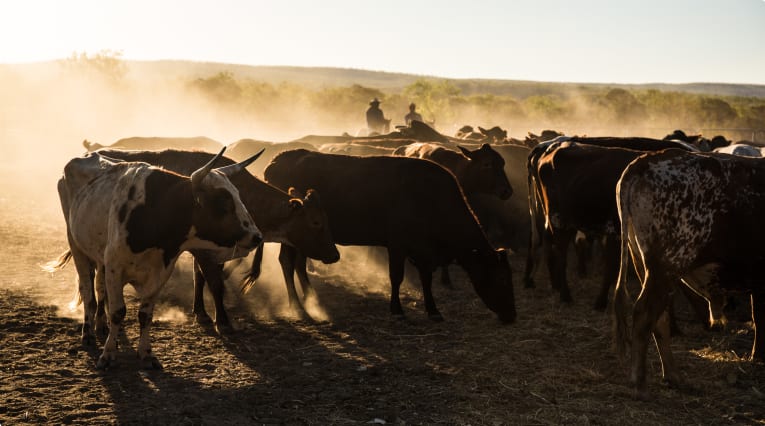
Uncertainties & Problems for Early Kimberley Pastoralists
In the early 1880s the outlook for the pastoral industry in the Kimberley district was farm from certain. Ports were declared in 1883 in Broome and Derby, but they would take time to build jetties and other facilities to assist the transportation of products, and they were still hundreds of kilometres away from sheep stations in the Ord Valley.
Meanwhile, the population of non-Aboriginal inhabitants in Western Australia was only 40,000 and a much smaller number in the Northern Territory. However, this would have to be the pastoralists’ market, with otherwise not much prospect for penetrating established markets in eastern Australia.
Despite the uncertainties, the squatters came. The Western Australian investors in West Kimberley were the first to stock their leases, followed by others including the Murray Squatting Company, made up of young men from around Pinjarra, and the Kimberley Pastoral Company, whose shareholders were mainly Fremantle investors.
They soon experienced a number of problems. Although Alexander Forrest had experienced no trouble with the local Aboriginal inhabitants – probably due to the diplomacy of the Noongar members of his party, Pierre and Dower – the situation was less peaceful for the newcomers.
Once it became clear that the squatters and their sheep intended to stay permanently in Fitzroy Valley, conflict quickly emerged. Pastoralists would complain about Aboriginal groups setting fire to the grass (a land management technique) and killing or stealing sheep. Then the spearing of Tony Cornish in 1882 initiated 15 years of hostilities in the West Kimberley that ended only 1892 with the death of Jandamarra (Pigeon) and the end of organised Bunuba resistance.
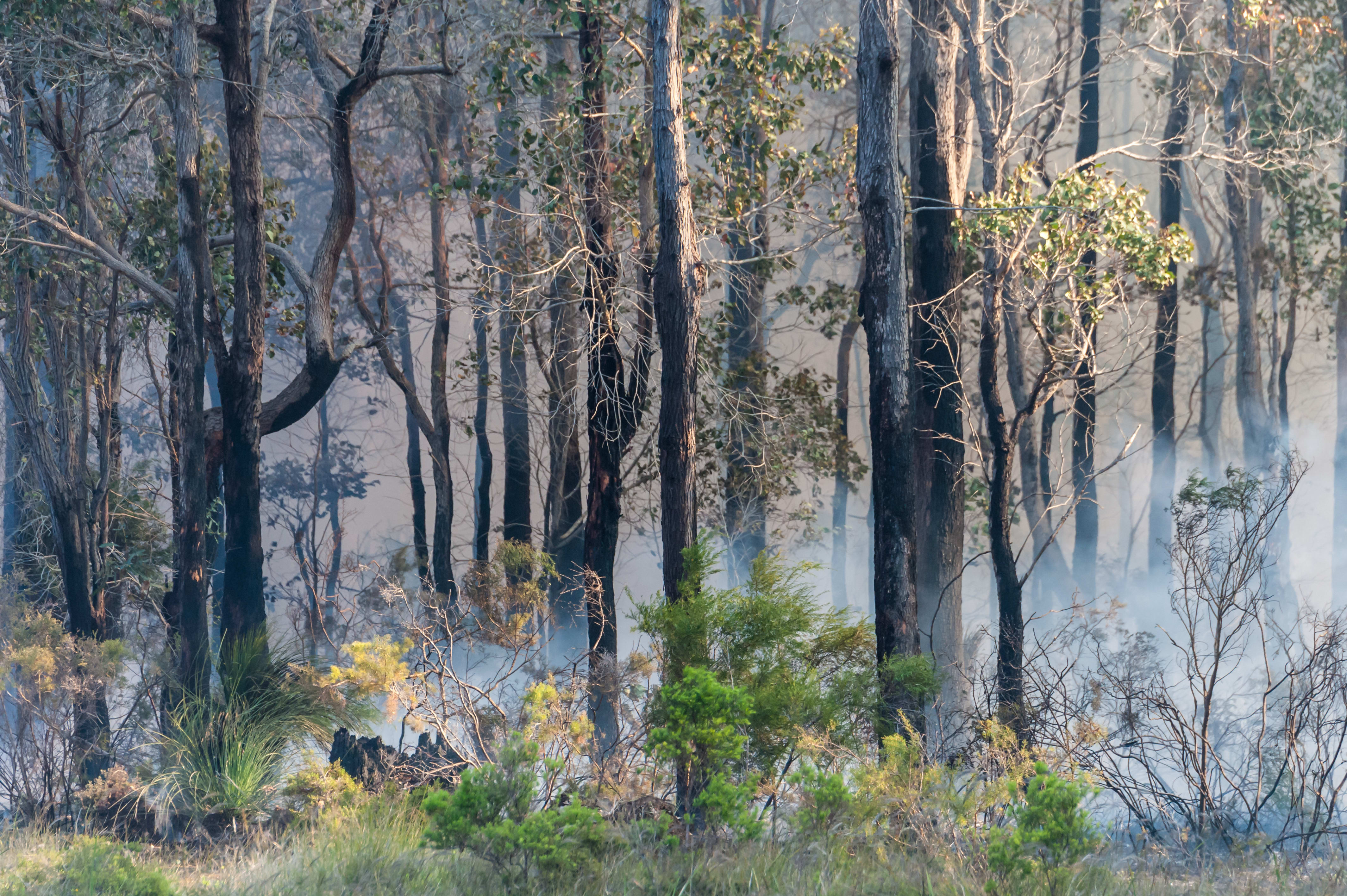
The natural elements were just as combative. A huge tsunami swept up King Sound in 1883, for example, vanishing a year’s supply of Yeeda Station wool that was awaiting to be boarded onto a ship. It was only months later that the station’s manager George Rose learnt of the great volcanic eruption at Krakatoa that had stirred up the ocean.
Overlanding to the Kimberley
Although the early pioneers in the Kimberley originally sought to raise sheep, the natural grasses proved too large in the wet season and of no use in the dry. Soon instead beef cattle became considered a more financially viable alternative, with epic droving ventures supported by family companies and investment companies following the Western Australian sheep graziers into the district.
Departing from New South Wales and Queensland, beef cattle drovers passed thousands of kilometres through the Northern Territory into the Kimberley. Three large parties led the way, making the crossing between 1883 and 1885.
The first of these expeditions to arrive was led by veteran drover Nathanial ‘Nat’ Buchanan in charge of stock for the Melbourne investors, Osmand and Panton. In 1883-84 Buchanan bought 40000 head of cattle from Richmond, Queensland, to Plympton St Mary. Upon completion of the journey in June 1884, the Ord River Station was formed and Bob Button, who had travelled with the cattle, became the manager.
Members of the Durack family and their associates also came to settle around this time, at Argyle, Rosewood and Lissadell stations on the lower Ord. They were led by Patrick ‘Patsy’ Durack, who having successfully established business enterprises in western Queensland and New South Wales turned his attention to the west. In 1883, he took on the immense challenge of droving 7,250 head of breeding cattle and 200 horses 4,828 km from Queensland to the Kimberley.
The longest overland trek any Australian cattle drovers had undertaken until that time, it took an incredible 2 years and 4 months to complete. But it was no easy feat. Financially, the Duracks had to fork out £72,000 ($11 million today), while also suffering the loss of several men and half the cattle.

An even longer journey was completed soon after by the MacDonald family of Goulburn, who had been issued the lease to Fossil Downs further west at the junction of the Margaret and Fitzroy Rivers. Departing from their New South Wales in March 1883, it took them two years and three months to travel more than 5,600 km – still the longest cattle drive overland in Australia’s history.
The drive was not without its challenges. Donald MacDonald died early on after being thrown from a horse, leaving his two sons, Charles and William, to complete the journey. Then, with their 700 head of cattle and 60 horses, they encountered drought conditions as they trekked through Queensland, losing more than half their stock. With 327 cattle and 23 horses, they eventually successfully completed their trek, arriving at the property in June 1885. Like the other companies, they then established themselves for many years.
Fortunes in the Kimberley
Fortunes favoured the new arrivals in East Kimberley. Several prospectors were attracted to the region following Alexander Forrest’s hints of gold-bearing country, and in 1885 Charlie Hall and his party found promising traces of colour in the region that soon became known as Halls Creek.
The gold find provoked a short-lived gold rush in 1886, with perhaps 15,000 men making their way to the new fields. Some overlanded but most arrived through Derby or the hastily established new port at Wyndham on Cambridge Gulf to service the fields.
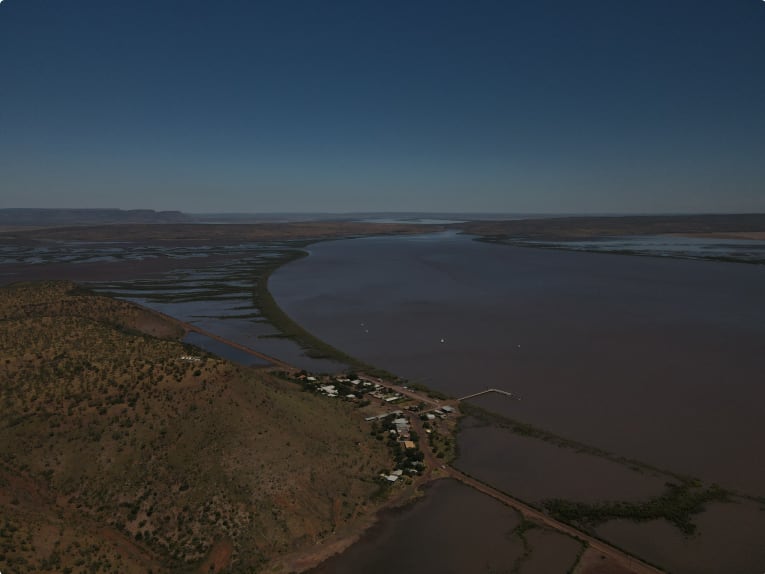
The influx of people was good new for the cattlemen, who all of a sudden had their market. Glittering prices sustained them through this period. Ultimately, the demand would not last, petering out with the goldfields. However, enough had been done to entrench the cattlemen in the East Kimberley.
Others soon followed on a smaller scale, deciding to try their luck in the Kimberley, especially as economic recession hit bush workers in Queensland. By 1917, there were 600,000 cattle in the Kimberley.
Pastoralism is still today one of Kimberley’s main industries with pastoral leases accounting for over 30% of its land tenure. More successful than ever, the demand for live export continues to grow steadily, with the main export market currently in Indonesia. For tourists, the Kimberley presents an opportunity to experience remote station lifestyles. Many stations offer accommodation and other services, while still pursuing their cattle activities.
Tour of the Kimberley
Odyssey Traveller visits the Kimberley region as part of our Tour of Australia’s Kimberley and our Outback Tour of the Northern Territory and Western Australia. Odyssey Traveller’s outback small group package tours are designed especially for mature and senior travellers who want an authentic experience of the fascinating Kimberley region.
Our Tour of Australia’s Kimberley begins and ends in the city of Broome, home to iconic Cable Beach, dinosaur remains at Gantheaume Point, a world-famous bird sanctuary at Roebuck Bay, and a fascinating history as a centre of pearling. From Broome, we head along the pristine Indian Ocean Kimberley coast and then turn along the Gibb River Road, making side trips to Windjana Gorge National Park and Tunnel Creek National Park, beautiful Bell Gorge (particularly verdant in the wet), and the easily accessible Galvans Gorge. We head onto the Mitchell Plateau – for many the last frontier of the Australian outback – to admire ancient Aboriginal rock art and the vast Mitchell Falls.
Back on the Gibb River trail, we spend the night at El Questro, near the Northern Territory border, a wilderness park based around Emma Gorge, Chamberlain Gorge, and the Pentecost River. El Questro offers a range of accommodation, from tented cabins to luxury suites in the old El Questro station. Leaving the North Kimberley, we pass Kununurra and Lake Argyle by and make a day tour to Purnululu National Park, where we see the Bungle Bungle range, Piccanniny Creek lookout, Echidna Chasm and Cathedral Gorge. Finally we return to Broome and the West Kimberley, passing through the historic towns of Halls Creek and Fitzroy Crossing.
Our Outback Tour of the Northern Territory and Western Australia explores the Kimberley, Purnululu, Tiwi Islands and Arnhem Land. The tour heads out from Darwin to Timber creek, before then heading west through to Kununurra, and delving into Western Australia’s iconic Kimberley region. We then book a light aircraft to visit and stay at Purnululu.
Returning to Kununurra you enjoy a full day scenic flight and tour of the Kimberley taking in icons such as Mitchell falls. After 5 nights in Western Australia, your small group tour returns to the Northern Territory transferring to Katherine and to Jabiru in the UNESCO listed Kakadu National Park. After 3 days exploring the park, the group takes a flight to Nhulunbuy/Yirrkala in the incredible Arnhem land. Returning to Darwin after 6 nights in these amazing UNESCO parks, the group travels with their guide travel out to the Tiwi Islands for 2 nights before returning to Darwin.

Articles about Australia published by Odyssey Traveller:
- Uncovering the Ancient History of Aboriginal Australia
- Aboriginal Land Use in the Mallee
- Understanding Aboriginal Aquaculture
- Mallee and Mulga: Two Iconic and Typically Inland Australian Plant Communities (By Dr. Sandy Scott).
- The Australian Outback: A Definitive Guide
For all the articles Odyssey Traveller has published for mature aged and senior travellers, click through on this link.
External articles to assist you on your visit to the Kimberley:
Related Tours
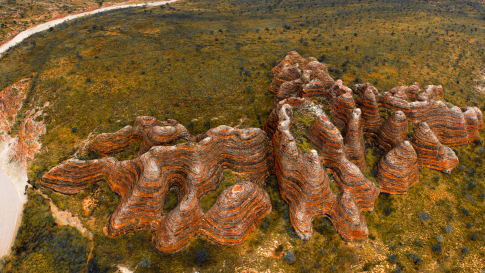
19 days
Sep, Apr, May, Jun, Jul +2Kimberley, Purnululu, Tiwi Islands and Arnhem Land
Visiting Northern Territory, Western Australia
Small group tour touring most of the Australian territory, travelling through the outback and visiting many of the famous sights as well as off the beaten track locations, giving you the opportunity the explore and meet our people in the most remote locations and far north Kakadu and the Kimberley.
From A$14,995 AUD
View Tour
13 days
May, Jun, Jul, Aug, SepSmall group tour of Australia's Kimberley
Visiting Western Australia
Escorted small group tour of the Kimberley. We explore and visit The Bungles, Bell Gorge, Mitchell plateau & Halls Creek in the dry season. Amazing landscapes intertwined with Aboriginal communities resident more than 45,000 years.
From A$15,390 AUD
View Tour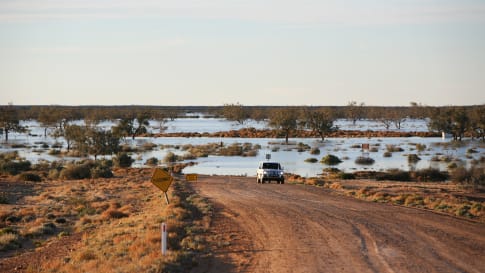
65 days
MarLong tour of Australia for a small group
Visiting New South Wales, Northern Territory
Small group tour for senior couples and solo travellers touring Australia. Travelling through the outback and visiting many of the famous sights as well as off the beaten track locations. Learn about the history of the people who explored the deserts, from indigenous communities to Europeans, as well as Burke and Wills, visit White Cliffs, Marree and far north Kakadu and the Kimberley.
From A$48,995 AUD
View TourArticles

Aboriginal Rock Art in the Kimberley, Australia
The Kimberley is explored on a small group tour for mature and senior travelers, couples or singles. Both Aboriginal community is studied and an appreciation of the wet and dry seasons. This guide on the Kimberley assists the traveler as you start from Broome and travel round via Halls creek and Purnunulu national park over some 17 days in a group of up to 12 people.

Australian Outback Cattle King
These mature and senior programs for couples and senior travellers explore the outback Sidney Kidman sought to tame in the Channel country to the Birdsville track, Marree and Farina. Our escorted small group tours of the Australian interior explore history, cultures and landscapes that we experience as we travel from the previous time to the contemporary.

Broome, Australia
Broome an introduction. Brome is the beginning and end of the Kimberley small group tour offered by Odyssey in the dry season. With its own history read on to learn more about this coastal frontier town. For mature and senior travellers this is a great tour examining all aspects of the Kimberley from the indigenous community, the landscapes and the wildlife. Designed for couples and the solo traveller.

Derby, Western Australia
Article about Derby, Western Australia. Important settlement for mature and senior travellers to explore on a small group tour for couples and solo travellers in outback Australia.

George Grey's Kimberley Expedition
Article on Western Australia about the Colonial explorer George Grey. Supports small group tours for mature couples and solo travellers of the Kimberley and places of interest such as Wyndham and its pastoral history. The Kimberley is where the first Australian arrived.
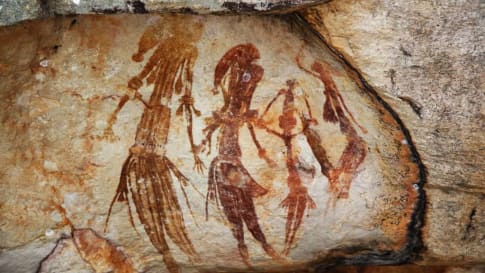
Gwion Gwion Rock Paintings (Bradshaw Art)
Bradshaw's discovery of rock art in the Kimberley remained a challenge for many decades .This article for small group tours of senior couples and solo travellers into the Kimberley provides information about the rock art and the re-discovery.

Halls Creek, Western Australia
Halls Creek an important stop on our Small group tour of the Kimberley. We learn about the gold rush on this tour for mature and senior travellers, couples and singles.
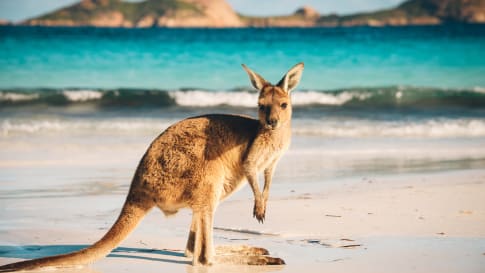
Iconic Animals of the Australian Outback
Explore the wildlife and natural heritage of Australia, with its iconic marsupials, birds, reptiles, and surreal monotremes in the Outback. Odyssey offers small group tours for mature and senior travellers, couples, and solo travelers to Australia.
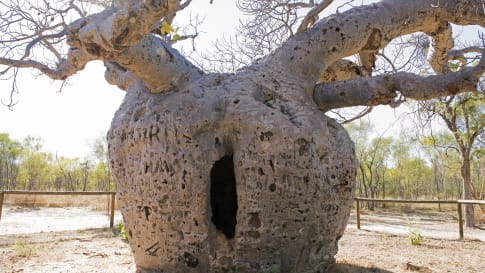
Kimberley Boab Tree
Boab trees are a wonder. Article for mature and senior travellers about this distinctive tree in Western Australia. Join a small group tour for couples and solo travellers exploring the Kimberley.

Kununurra, Western Australia
Explore the sights and history of Kununurra, with its spectacular lakeside beauty and outback charm, Kununurra is one of the Kimberley's most popular highlights. Odyssey offers small group tours for mature and senior travellers, couples, and solo travelers to Australia and Western Australia.

Lake Argyle, Australia
Understand why Lake Argyle exists before joining a small group package tour for mature and senior travellers of Western Australia's Kimberley region in the preferred dry season. Limited to 12 travellers for your peace of mind we learn about the landscapes and the aboriginal stories often via the rock art in far North.
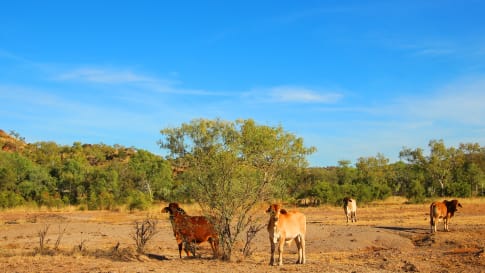
Pastoral Pioneers of the Kimberley, Western Australia
Learn about Pastoral Pioneers on a Western Australia small group tour for seniors into the outback for senior and mature couples and solo travellers.

The Australian Outback: A Definitive Guide
Explore learn and consider what is the outback in this article. For mature and senior travelers considering joining a small group package tours into the outback to see, learn and explore about this unique place, not only the landscape but the Aboriginal approach to living. On each of the tours for couples and the single traveler you learn something different but fascinating, from Outback Queensland, the Flinders, Broken Hill and the Kimberley and the wildflowers all contribute to this question, what is the outback?

The Avon Valley, Western Australia
Article about the colonial settlement of the Avon Valley, Western Australia for mature and senior travellers interested in history when joining a small group tour as a couple or solo traveller.
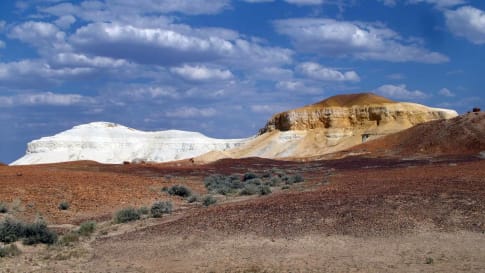
The Kimberley: A Definitive Guide
This article supports the small group package tours for mature and senior travellers, couples and solo travellers to Western Australia's Kimberley region. Learn about the wet and dry seasons and the fascinating Aboriginal history as well as the Bungle Bungles, Lake Argyle, Halls creek and resort of Broome.

The Origins of Australian Stock Routes in Indigenous Traditional Pathways
Article for senior and mature couples and single travellers taking a small group tour. Aboriginal trading routes particular to specific goods such as Pituri have shaped via songlines the highway network of Outback Australia.
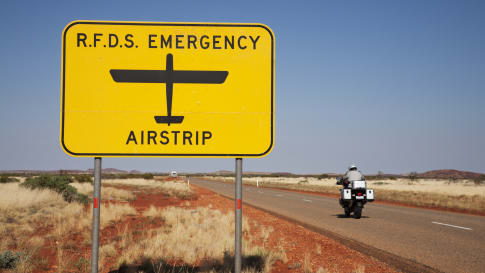
The Royal Flying Doctor Service History
History, culture and landscapes are continuing themes on an escorted small group tour from Odyssey for mature and senior travellers couples and singles. The Royal Flying doctor adds to to the travellers knowledge of outback Australia history.
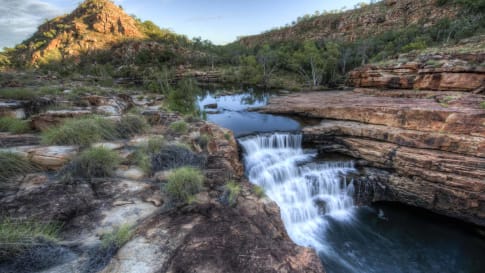
Wet and dry seasons in the Kimberley, Australia
Learn about the wet and dry season in the Kimberley to support your understanding of the Aboriginal communities lifestyle as you explore on a small group package tour for mature and senior travelers exploring as a couple or solo traveller. Read our peace of mind statement for post covid-19 travel.

Wyndham, Western Australia
Article on the historic Kimberley town of Wyndham. Learn about how this was the entry to this part of the Kimberley to Halls creek, and for the pastoralists in the Victorian era. Supports small group tours for mature and senior travellers couples and solo travellers.



